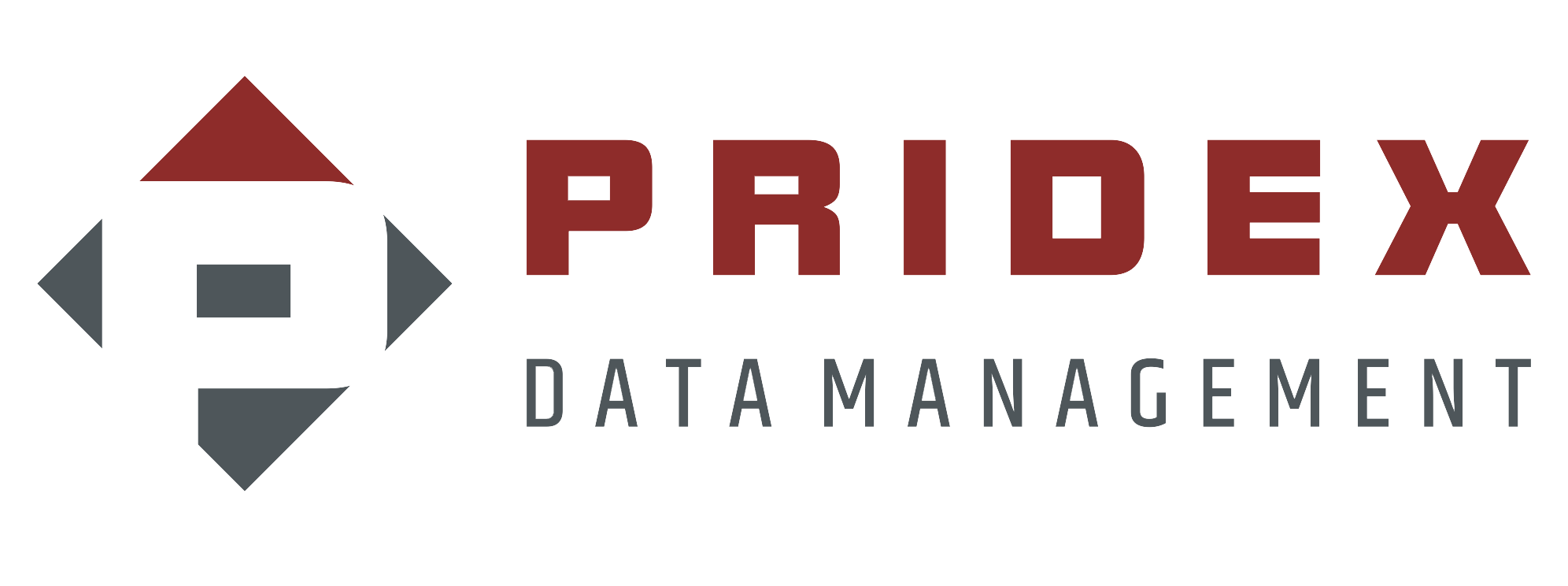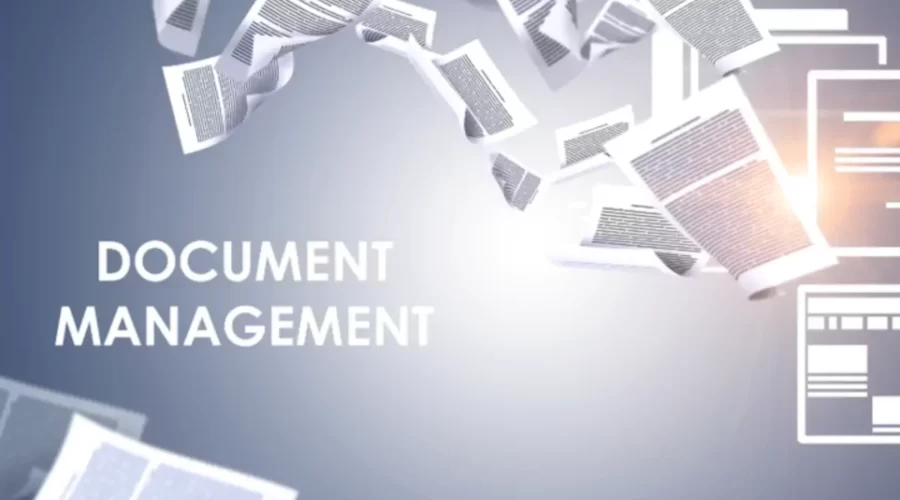In today’s rapidly evolving digital landscape, businesses are increasingly moving away from paper-based processes and embracing digital solutions to enhance efficiency, security, and accessibility. Document digitization is at the heart of this transition. It refers to the process of converting physical paper documents into digital formats that can be stored, managed, and accessed electronically. This guide provides a comprehensive look at document digitization, its benefits, steps for implementation, and how businesses can leverage it to stay competitive.What is Document Digitization?
Document digitization is the process of converting physical documents—such as contracts, invoices, receipts, reports, and records—into digital files. These files can then be stored on computers, servers, or cloud-based platforms, allowing for easy access, sharing, and management. Digitization typically involves scanning physical documents using optical character recognition (OCR) technology, which enables the conversion of printed text into searchable and editable digital formats like PDFs, Word documents, or spreadsheets.

Benefits of Document Digitization for Businesses
Improved Efficiency and Productivity
-
-
Digitizing documents eliminates the need for manual filing and retrieval, reducing the time employees spend searching for documents.
-
Digital documents can be easily shared and accessed across departments, improving collaboration and speeding up decision-making processes.
-
-
Cost Savings
-
-
By going paperless, businesses can significantly cut down on costs associated with paper, ink, printers, and physical storage.
-
It also reduces costs associated with the manual labor needed to maintain paper-based filing systems.
-
-
Better Security and Access Control
-
-
Digital files can be encrypted and protected with passwords, ensuring that sensitive data is accessible only to authorized personnel.
-
Document management systems allow businesses to implement role-based access controls, tracking who views or edits specific documents.
-
-
Enhanced Compliance and Record keeping
-
-
Many industries are subject to strict record keeping and data retention requirements. Digitization ensures documents are organized and stored in a way that complies with legal and regulatory standards.
-
Audit trails and version control help track changes to documents and ensure transparency and accountability.
-
-
Easy Access and Retrieval
-
-
Digitized documents can be indexed and organized using keywords, tags, and metadata, making it easy to search for and retrieve specific files.
-
With cloud-based storage solutions, employees can access critical documents from anywhere, supporting remote work and global operations.
-
-
Disaster Recovery and Business Continuity
-
-
Physical documents are vulnerable to loss, theft, and damage from natural disasters. Digitized documents, when stored securely in the cloud or backed up in multiple locations, ensure that important records are protected and can be recovered in case of emergencies.
-
-
Environmental Sustainability
-
-
By reducing reliance on paper, businesses can decrease their environmental footprint, aligning with sustainability goals and corporate social responsibility (CSR) initiatives.
-
Steps for Implementing Document Digitization
-
Assess Your Document Management Needs
-
-
Before beginning the digitization process, it’s important to assess your organization’s current document management practices. Identify which documents need to be digitized, how often they are accessed, and what storage and security measures are currently in place.
-
-
Choose the Right Digitization Tools
-
-
Scanning Hardware: Invest in high-quality scanners that can handle the volume and types of documents your business processes. Some scanners come with OCR technology, enabling the creation of searchable digital documents.
-
Document Management Software (DMS): A robust DMS will help manage and store digitized files. Features to look for include version control, access permissions, search capabilities, and integration with other business systems like CRM and ERP platforms.
-
-
Organize and Categorize Documents
-
-
Before scanning, organize documents into categories based on their type, importance, or frequency of use. This will make it easier to name and index the digital files.
-
Set up a consistent naming convention and filing structure for the digital files. This will improve efficiency when searching for documents in the future.
-
-
Scan and Digitize Documents
-
-
Scan the documents using your chosen hardware, ensuring that the quality of the scanned images is high and legible.
-
Use OCR software to convert scanned images into searchable and editable text. This step is crucial for making large volumes of documents easily searchable and actionable.
-
-
Store Documents in a Secure, Accessible System
-
-
Choose a secure storage solution that meets your business’s needs, whether it’s an on-premise server or cloud-based storage.
-
Implement access controls to ensure that only authorized users can view, edit, or share sensitive documents. Encryption and password protection are also essential security measures.
-
-
Establish a Document Retention Policy
-
-
A document retention policy outlines how long different types of documents should be kept and when they should be archived or deleted. This ensures that your business complies with data retention regulations and avoids keeping unnecessary records.
-
-
Train Employees
-
-
Training our employees on how to use the new digital document management system is essential. They should know how to scan, store, retrieve, and share documents properly, ensuring the system is used to its full potential.
-
-
Regular Maintenance and Backup
-
-
Regularly update your document management system, ensure all documents are backed up, and review your digitized files to ensure they are still relevant and accessible. Routine maintenance helps prevent issues like data corruption or unauthorized access.
-
Challenges of Document Digitization and How to Overcome Them
-
Initial Setup Costs
-
-
While the long-term cost savings of digitization are clear, the initial investment in scanning equipment, software, and cloud storage may seem costly. Businesses can minimize costs by gradually transitioning to a paperless system and prioritizing high-value or frequently accessed documents.
-
-
Resistance to Change
-
-
Employees who are used to paper-based processes may resist transitioning to digital systems. Providing adequate training and demonstrating the benefits of digitization, such as ease of access and improved collaboration, can help ease the transition.
-
-
Data Security Risks
-
-
While digital documents offer enhanced security compared to paper, they are still vulnerable to hacking and data breaches. Businesses should implement robust security measures, including encryption, firewalls, and regular security audits, to mitigate these risks.
-
-
Data Migration Complexity
-
-
If your business already has a large volume of digital files, migrating to a new document management system can be complex. Plan your migration carefully by testing the system, ensuring data integrity, and mapping out workflows to prevent disruption.
-
Choosing the Right Document Management System
Choosing the right Document Management System (DMS) is a critical component of successful document digitization. Here are some features to consider when selecting a DMS:
-
Searchability: The system should allow users to search documents using keywords, tags, or metadata.
-
Collaboration: Look for features like version control, audit trails, and permissions that enable teams to work on documents collaboratively.
-
Integration: The system should integrate with your existing software solutions, such as CRM, ERP, or project management tools.
-
Compliance: Ensure the DMS complies with industry regulations such as GDPR, HIPAA, or SOX, especially if you handle sensitive customer or employee data.
-
Mobile Access: As more businesses embrace remote work, it’s essential to have a system that allows mobile access, ensuring that employees can retrieve and work on documents from any location.
Conclusion
Document digitization offers businesses a pathway to increased efficiency, enhanced security, better compliance, and significant cost savings. By converting paper records into digital formats, companies can streamline their operations, improve collaboration, and safeguard critical information. With the right tools, planning, and training, businesses can effectively transition to a digital document management system, positioning themselves for long-term growth and success in an increasingly digital world.





